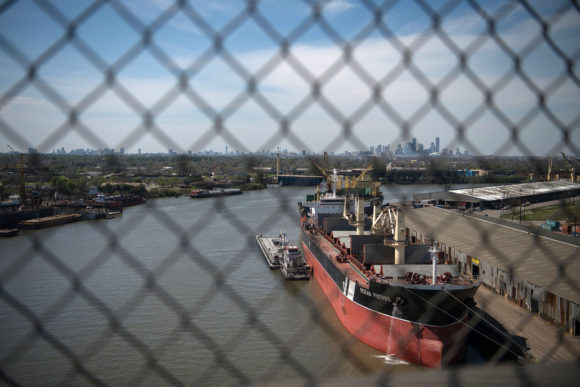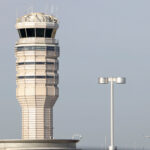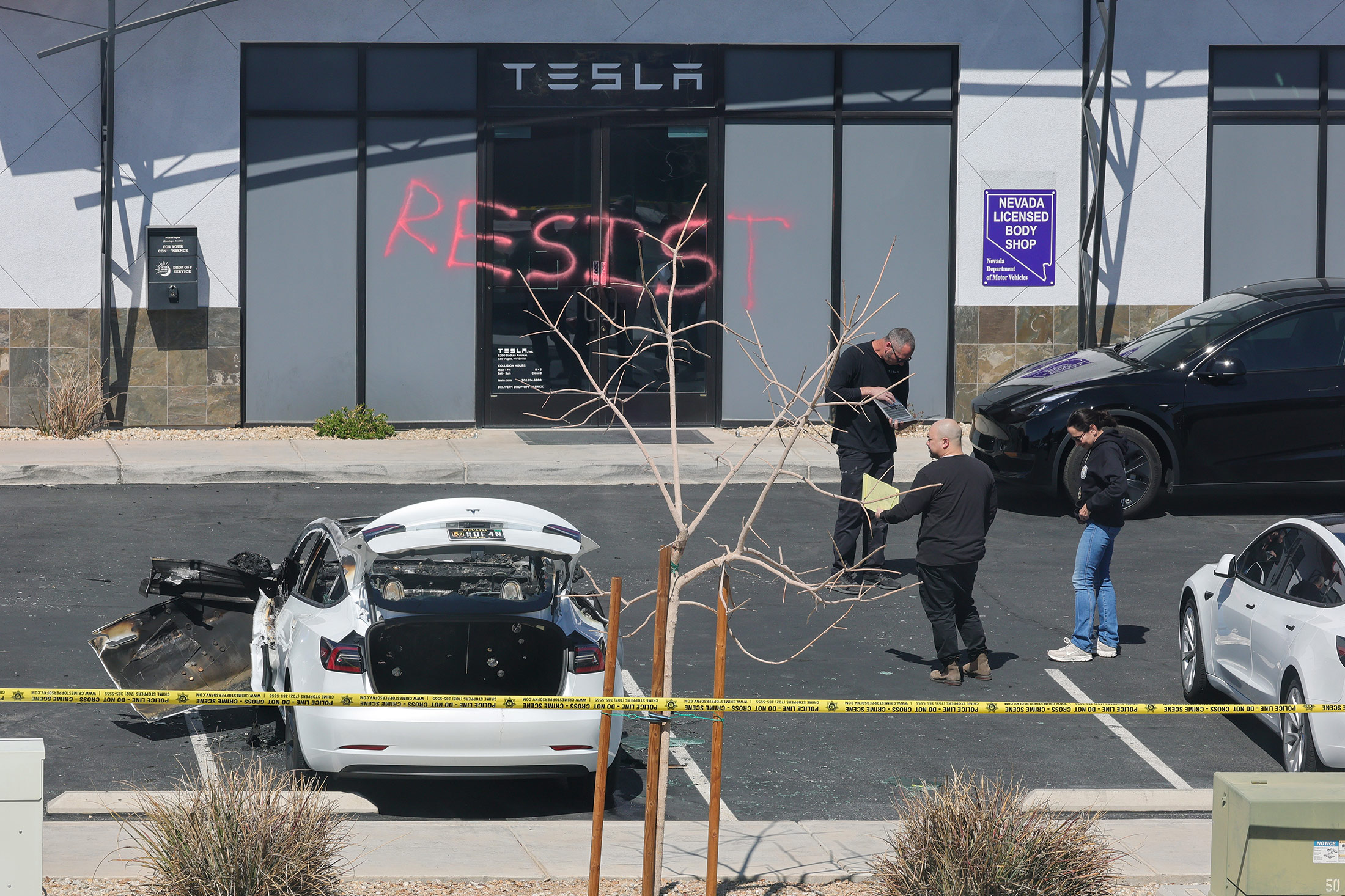About the photo: A ship is docked on the Houston Ship Channel, part of the Port of Houston. Photographer: Loren Elliott/AFP/Getty Images
On a normal day, 42 tankers, 19 freighters, 391 barges, 128 ferries and 2 cruise ships will move through the Houston Ship Channel. On any given day, one of those tankers may be as long as 1,500 feet.
The last week, though, has been anything but normal.
The second busiest U.S. port by tonnage was closed for three days by a cloud of cancer-causing benzene and toxic runoff that’s settled on the water from nearby chemical fires. It’s not the first time the channel has closed. Fog and hurricanes have shut it in the past. But the channel’s significance has grown almost daily as drillers in the shale fields of Texas have made the region one of the world’s fastest growing exporters of oil, gasoline and diesel.
In the past few days, about 60 ocean-going ships were unable to move either into or out of the region’s most important business artery, supporting roughly 12 percent of the nation’s refining capacity. But it’s not only the number of ships that makes the 1,000-foot-wide channel unique, or important. It’s also the size.
In the past year, because of the 45-foot depth at its center line, the channel has seen its first visits by new Panamax ships, named to reflect the fact that their 1,200-foot lengths can only be accommodated by the new larger lock on the Panama Canal, and by so-called Very Large Crude Carriers, or VLCCs, tankers able to carry 2 million barrels of crude.
“The channel isn’t getting any larger, but the ships are,” said Chris Hebert, a meteorologist who tracks the Gulf’s hurricane and fog seasons for StormGeo, a weather service used by the Houston Pilots Association.
The channel was partially opened on March 25 while the clean-up continues. Pilots have been ordered by the U.S. Coast Guard to stay at least 30 minutes apart so each vessel can be inspected to ensure it’s not dragging oily residue through the water.
Life and work across Houston’s eastern suburbs have been disrupted since Intercontinental Terminals Co.’s chemical storage facility erupted in flames 10 days ago. After the fires were out, nearby residents and companies were menaced by benzene leaks and a wall collapse that allowed toxic fluids to stream into the ship channel.
‘Texas Chicken’
Even in good times, navigating the waterway can be challenging. Pilots passing one another perform a maneuver called the “Texas chicken” which requires setting a near head-on course, then swinging their bows away from each other before using the cushion provided by the other ship’s wake to swing their sterns out and come back to the center of the channel–all while avoiding any barges in the outside lanes.
The maneuver requires a deft touch, as the giant ships displace huge quantities of water that can seriously affect handling.
These factors were partially to blame for one of the last major shipping incidents on the channel when, in 2015, an inbound bulk carrier, the 623-foot Conti Peridot, lost control and collided with the 600-foot Carla Maersk, an outbound tanker. No one was injured, but 2,100 barrels of methyl tertiary-butyl ether spilled into the water, closing the channel for three days.
The waterway was expanded in a decade-long project completed in 2005. Ships now transit the channel through a 530-foot wide center lane, flanked on both sides by 235-foot wide lanes for barges and tow vessels. The ship lane was dredged five feet deeper to 45 feet.
Safety Margins
“Anyone who thought we were getting increased safety margins out of that didn’t quite understand the nature of maritime traffic,” said Steven Nerheim, the retired Navy captain now directing the Coast Guard’s Vessel Traffic Service for Houston-Galveston. “What it got us was bigger ships.”
Restoring order after after a closure is a complex logistical feat for the port’s stakeholders, according to Nerheim. “We prioritize and open the valve slowly so that it doesn’t look like the Oklahoma land rush,” he said in a telephone interview.
“We’re always working to find a combination of mitigation strategies to continue moving an ever larger number of ever larger ships in a ship channel that’s not growing,” Nerheim said. “Even if we started digging tomorrow to widen it, it would take years to get it done. So my hope is that we start digging tomorrow because the traffic is here.”
Was this article valuable?
Here are more articles you may enjoy.


 State Farm Has Paid $2.5 Billion in Claims for LA Wildfires
State Farm Has Paid $2.5 Billion in Claims for LA Wildfires  FAA Must Do Better After Midair Collision, Acting Chief Says
FAA Must Do Better After Midair Collision, Acting Chief Says  Tesla Showroom Strikes, Vandalism Sparked by Fury Against Musk
Tesla Showroom Strikes, Vandalism Sparked by Fury Against Musk  What Claims Pros Must Know About Small Businesses’ Insurance Blind Spots
What Claims Pros Must Know About Small Businesses’ Insurance Blind Spots 